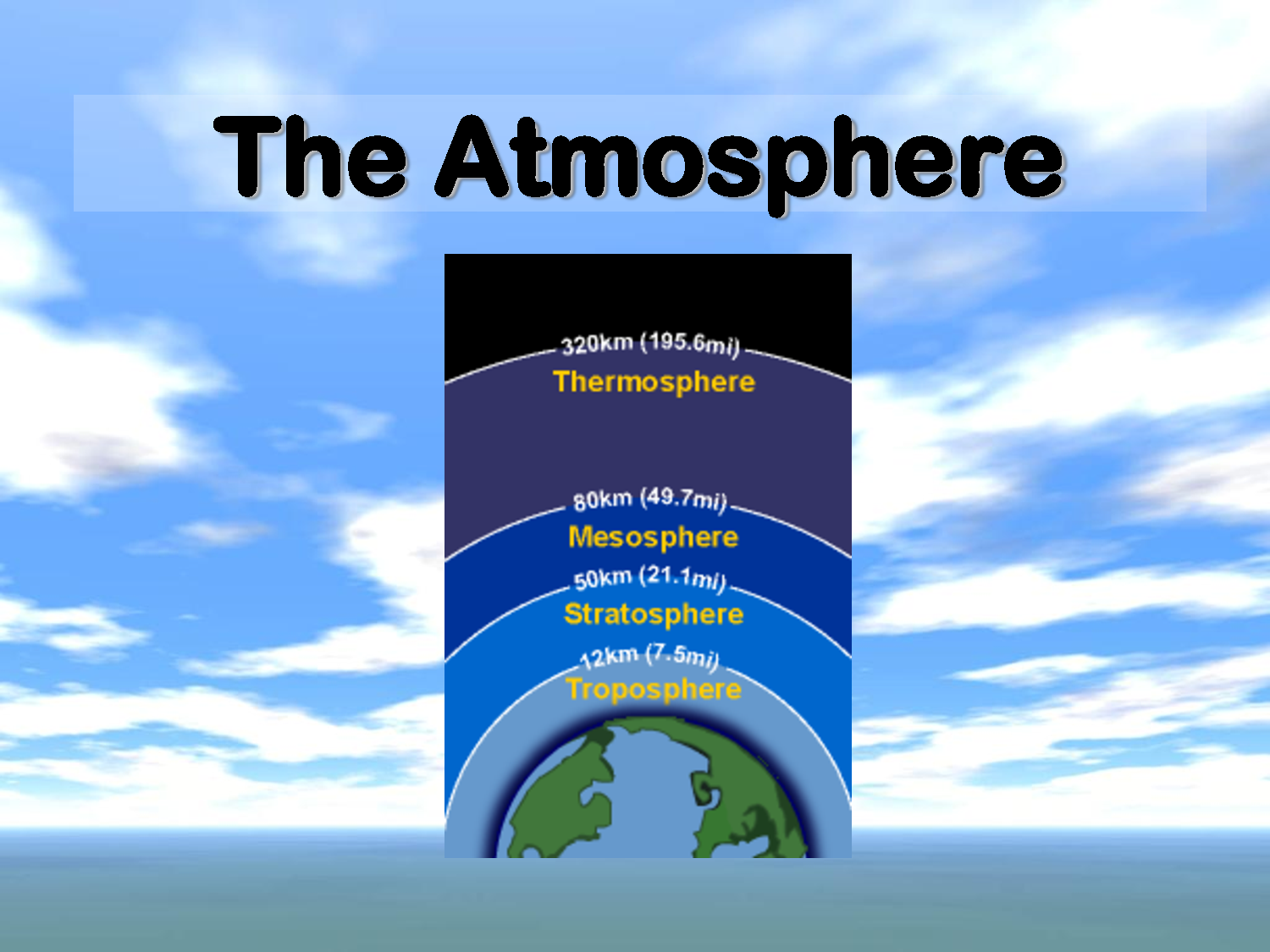40.WHAT IS THE ATMOSPHERE OF THE EARTH?
As we read about man’s plans to explore the moon and other planets, we often come across the question of an atmosphere. Do other planets have an atmosphere, too?
As far as scientists know, there is no other planet or star that has an atmosphere like ours. What is atmosphere? We can think of it as a great ocean of air that surrounds the earth and that extends up for hundreds of miles.
This ocean of air is just about the same the world over. In generals it consists of certain gases which are always found in the same proportions. About 78 percent of it is nitrogen, about 21 percent oxygen, and the remaining one percent consists of what are called rare gases argon, neon, helium, krypton, and xenon.
The air that blankets the earth has the same chemical composition up to a height of about 18 miles, though it may be that this figure goes as high as 44 miles. When you reach the top layer of this atmosphere, you are at the end Of what is called the troposphere. This is the layer nearest the earth.
At 18 to 31 miles above the earth’s surface there is a layer of hot airs probably about 42 degrees centigrade. The warmth is caused by the absorption of heat from the sun by the ozone which is present. Ozone is a special form of oxygen in which a molecule consists of three atoms of oxygen instead of the usual two. The hot ozone layer serves to protect us from the most active of the ultraviolet rays of the sun. Without it, we could not stand the sun’s light.
Still higher up is a layer, or series of layers, of the atmosphere called the ionosphere. This extends from about 44 miles to 310 miles above the earth. It consists of particles electrified by the sun.
The molecules in the air are in constant motion. The atmosphere can be maintained only if the molecules keep colliding with others so they can’t escape. But as we go higher and higher, the air becomes thinner. The chances become very small that a molecule from below will bounce back from a collision with a molecule above. So the molecules escape to outer space and our atmosphere thins out into nothingness. There is a region called the exosphere where escaped molecules move about freely, which starts at about 400 miles and extends up to about 1,500 miles.



Leave a Reply